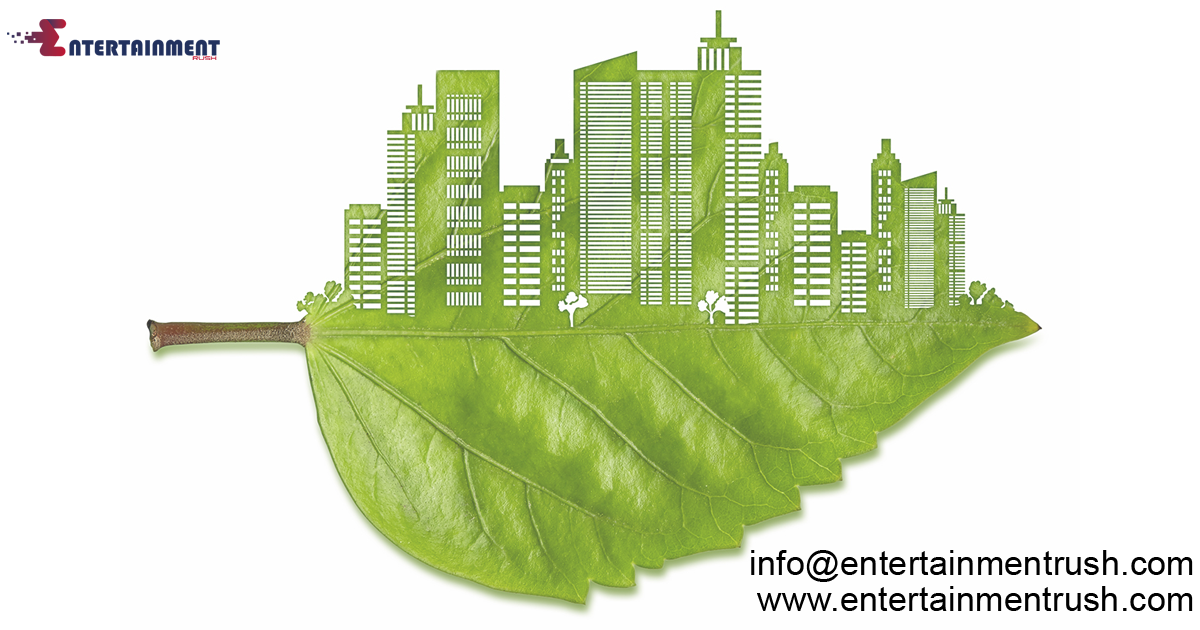As the world increasingly embraces sustainable practices to combat climate change and reduce environmental impact, the real estate industry in the United States is at the forefront of adopting advanced green strategies. From innovative building designs to energy-efficient technologies and eco-friendly materials, green real estate practices are reshaping the way properties are developed, managed, and marketed across the country. In this comprehensive blog post, we explore the evolution of sustainable real estate practices in the USA and highlight some cutting-edge initiatives that are driving the industry towards a more environmentally conscious future.
The Rise of Green Building Standards
In recent years, green building standards such as LEED (Leadership in Energy and Environmental Design) certification have gained widespread adoption in the US real estate market. LEED-certified buildings are designed to minimize energy consumption, reduce water usage, and promote indoor air quality while using sustainable materials and resources. Developers and property owners are increasingly prioritizing LEED certification to enhance the marketability and value of their properties while demonstrating a commitment to environmental stewardship.
Sustainable Design and Construction Techniques
Advanced green real estate practices emphasize sustainable design and construction techniques aimed at reducing environmental impact throughout the building lifecycle. This includes incorporating passive design strategies to optimize natural lighting and ventilation, utilizing renewable energy sources such as solar panels and geothermal heating, and integrating green roofs and rainwater harvesting systems to manage stormwater runoff effectively. Sustainable construction practices not only minimize carbon emissions but also enhance occupant comfort and well-being.
Energy Efficiency and Smart Technologies
Energy efficiency is a cornerstone of green real estate practices in the USA. Property developers are increasingly investing in energy-efficient technologies such as LED lighting, smart thermostats, and high-performance insulation to reduce energy consumption and operational costs. Building automation systems enable real-time monitoring and optimization of energy usage, further enhancing efficiency and sustainability. Additionally, advanced HVAC (Heating, Ventilation, and Air Conditioning) systems and energy-efficient appliances contribute to lower utility bills and improved environmental performance.
Eco-Friendly Materials and Recycling Programs
The use of eco-friendly building materials is another key component of green real estate practices. Sustainable materials such as recycled steel, bamboo flooring, and low-VOC (Volatile Organic Compound) paints reduce environmental impact and promote healthier indoor environments. Property developers are also implementing comprehensive recycling programs to minimize construction waste and divert materials from landfills. By prioritizing material sustainability, real estate projects contribute to conservation efforts and support the circular economy principles.
Green Certifications and Market Demand
The demand for environmentally friendly properties continues to grow among investors, tenants, and homebuyers in the USA. Green certifications such as ENERGY STAR and Green Globes provide third-party validation of a property’s sustainability credentials, helping differentiate it in a competitive market. Sustainable buildings command higher rental and resale values, attract environmentally conscious tenants, and benefit from reduced operational costs over time. As awareness of climate change intensifies, green real estate practices are poised to become the new standard in the industry.
Community Engagement and Social Responsibility
Beyond individual properties, advanced green real estate practices emphasize community engagement and social responsibility. Developers are incorporating sustainable urban planning principles, such as mixed-use developments and transit-oriented designs, to create vibrant, walkable neighborhoods that promote social interaction and reduce car dependency. Green spaces, parks, and recreational amenities further enhance the quality of life and contribute to overall community well-being. cutting-edge sustainability practices are transforming the US real estate landscape by integrating environmental responsibility into every stage of property development and management. By embracing advanced green strategies, stakeholders in the real estate industry can reduce carbon footprints, conserve natural resources, and create healthier, more resilient communities. As sustainability becomes a driving force in real estate decision-making, the adoption of green practices will continue to accelerate, shaping a more sustainable future for generations to come.





Leave feedback about this